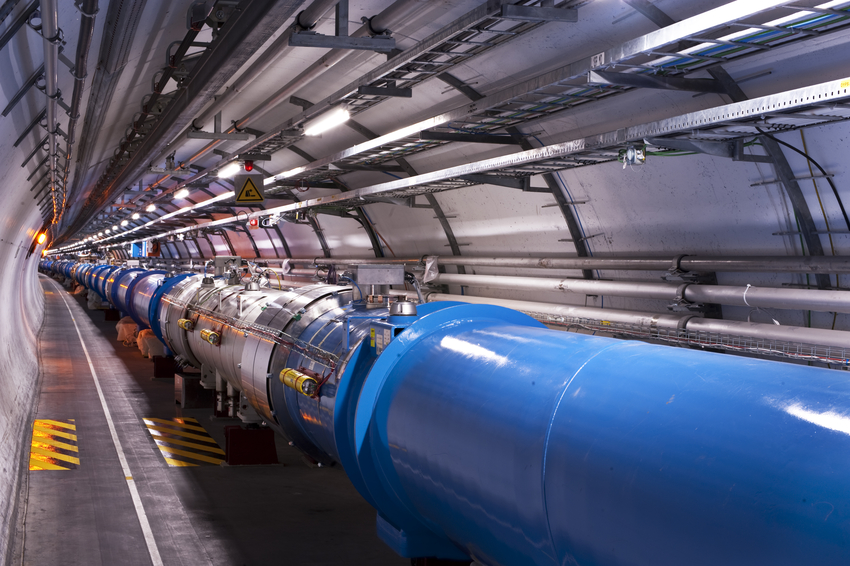You are here
Optimizing Coil Design for the Large Hadron Collider

The High Luminosity (HiLumi) upgrade of the Large Hadron Collider (LHC) relies, amongst other additional upgrades, on superconducting 11 T dipole magnets for increasing the luminosity of the beam to enlarge the data sample for physics experiments. The new dipole magnets are manufactured from Nb3Sn superconducting elements that become very brittle after a very specific and necessary heat treatment during the manufacturing stage.
The microscopic superconducting elements (≈40 µm in diameter) are greatly sensitive to the stress and strain that is applied to the magnets for the final assembly and during operation within the LHC accelerator. Understanding and managing the stresses and strains originating from the macroscale down to the microscale that lead to the permanent degradation of the superconducting elements is critical to the performance of the magnets.
3D image-based modeling using Synopsys Simpleware software allows the HiLumi Project at CERN to characterize representative coil geometries to predict behavior at different scales using advanced material models. This research is enabling realistic simulations to be carried out at the strand and filament level by accounting for the global stresses of the realistic coil geometry.
- Simpleware's blog
- Log in or register to post comments
- 2908 reads

Recent comments